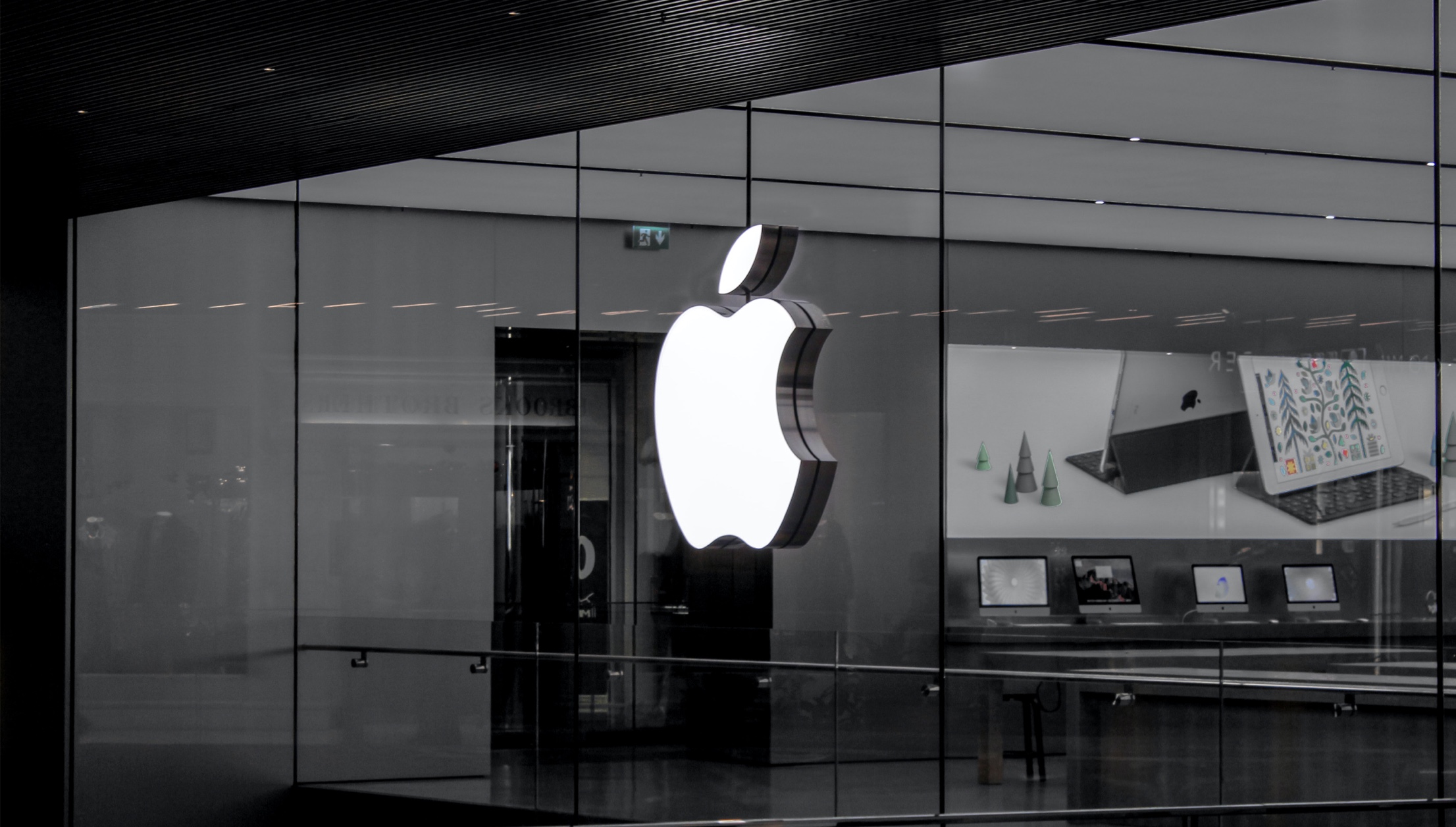Marketers must always be one step ahead of competitors, and in today's predominantly digital marketing space, it's crucial to fine-tune your company's strategy in order to succeed. Part of the process is leveraging inbound and outbound marketing. However, many choose to take sides, saying one is more important than the other. Furthermore, others are still unfamiliar with the fundamental role these two marketing tactics play and if they are still worth doing.
In this article, we'll discuss what inbound marketing vs outbound marketing really means and what applies in today's landscape.
What Is Outbound Marketing?
Outbound marketing exists because marketing has probably been a recognised craft. It involves the traditional ways we recognise marketing strategies: billboards, TV commercials, radio ads, telemarketing, email marketing, sales calls and more.
On the Internet, outbound marketing takes the form of banner display ads on web pages, social media ads, pop-up ads, pop-unders and cold email marketing.
The main feature of outbound marketing is that the company initiates sending messages to the audience, irrespective of the interest that the audience has. That's why another term for it is "push marketing" because the tactic is to push the imagery, the ad and the message to capture the audience's attention.
While outbound marketing is one of the easiest ways to get your brand name out there, it has lost its effectiveness in recent years. The very "in-your-face" approach is now considered too disruptive and bothersome (e.g., spam emails, mid-video ads on YouTube videos, social media ads). They are also constructed so uninterested audiences can block or skip them easily.
While it has its issues, outbound marketing is likely to remain an essential method for brands. It is, after all, the most recognised form of marketing tactic, which every type of consumer understands. Stats suggest that by 2024, out-of-home (OOH) advertising, like billboards, is forecasted to reach $45 billion globally. Investment in display ads is also going to increase by 2026.
What Is Inbound Marketing?
Inbound marketing is a much newer strategy compared to the centuries-old ads that can be attributed as outbound marketing. But more and more businesses are recognising the value of this method.
Inbound marketing involves creating interest and engagement and nurturing that engagement to draw customers in and make the sale. If outbound marketing is the "push" type, think of inbound marketing as the "pull marketing" style. It is also termed as content marketing, as content is the main avenue for which inbound marketing is executed.
Inbound marketing started in 2005, envisioned by HubSpot co-founders Brian Halligan and Dharmesh Shah – the goal is to pivot from pushing out money on ads and cold calls to creating the right buzz around your brand so that customers can easily find it and trust it above your competition.
Inbound marketing leverages content in the form of blog posts, social media posts, white papers, newsletters, polls, guides and more. Paid search on Google as well as native advertising also support inbound marketing because they support the audience through the sales funnel.
Building an inbound marketing campaign involves setting up a keyword search system that will guide you on which keywords to spend on and use in your content. From those keywords, you have to produce original, compelling content on your website and social media channels. This helps strengthen your authority, search engine ranking organically and introduce you to your relevant audience. Inbound marketing also requires link-building with authorities and experts in your industry. Their influence can transfer credibility to your brand.
Inbound Marketing vs Outbound Marketing: Which One's Better?
Outbound marketing has gotten a lot of flak in recent years due to several reasons. But it's important to determine each one's strengths and areas of improvement. Here are the main differences between the two tactics:
|
Feature |
Outbound Marketing |
Inbound Marketing |
|
Basis |
Outbound marketing starts the conversation about the brand through explicit ads and cold sales calls. |
Inbound marketing is subtle, nurturing leads through relevant content and brand experiences, which will convert them eventually. |
|
Messaging |
Forced, sales-y and broad |
Educational and useful |
|
Distribution |
Varied, sometimes inconsistent |
Continuous and iterative |
|
Customer Behaviour |
Are sought directly |
The customer chooses to seek the brand |
|
Marketer Role |
Active |
Passive |
|
Application |
Online and offline (billboards, display ads, TV ads, magazines, telemarketer scripts, cold calls) |
Online (blogs, social media, native advertising, influencer marketing, email newsletters) |
|
Tracking |
Harder to track engagement and ROI |
Easier to track real-time engagement and ROI |
|
Price |
High cost |
Low cost |
What fundamentally separates inbound marketing vs outbound is that nothing feels forced. Once the potential customer searches your product or service online, you can then insert your blog, product search and posts into that conversation that the individual initiated. This means you are concentrating your efforts (and resources) only on those who are highly likely to be leads, and eventually, customers.
Another key advantage of inbound marketing is that it relies on data analytics. There are different tools that can steer your inbound marketing efforts to more effective content strategies, keyword optimization and audience targeting. No such tools and analytics are available in outbound marketing.
There is a more gradual, iterative effort needed in inbound marketing, so even if it costs less, it will require continuous monitoring and testing. But the beauty in it is that you can always test and measure the data and repeat the process until you get things right.
So, do you forego outbound marketing altogether and focus on inbound marketing? It's more nuanced than a simple yes or no. The trend now leans towards inbound marketing, but there is still benefit to how exposed and explicit outbound strategies can be. You’ll have to take both pros and cons and determine which type of tactic suits your business and capabilities better. Ultimately, the best strategy is to determine which type of inbound and outbound marketing combination works for your brand and your budget. You have to strike a balance and provide the value proposition for your brand.




